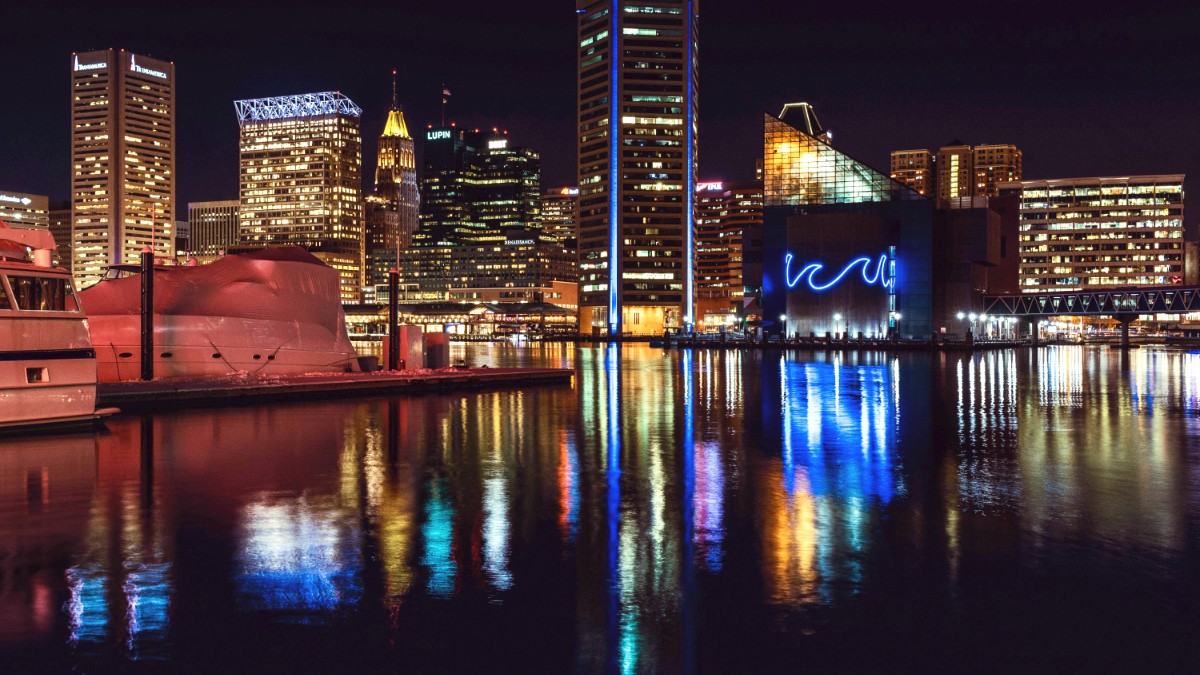
Maryland, USA
Baltimore is a rich history as one of the oldest cities in the United States. Its role as a major port dates back to colonial times.
historical events include its defense in the War of 1812, inspiring "The Star-Spangled Banner," and its industrial growth during the 19th century.
The Inner Harbor is Baltimore's central hub, home to the National Aquarium, Maryland Science Center, and historic ships.
Fells Point, Mount Vernon, and Hampden present distinct neighborhoods with unique dining, shopping, and artistic offerings.
Steamed and seasoned with Old Bay, a Maryland classic.
A local specialty, typically made with lump crab meat.
Fudge-topped shortbread cookies, a local dessert staple.
A growing craft beer scene complements local cuisine.
Freshly shucked from the Chesapeake Bay.
The city's transit system includes a Metro, Light Rail, and extensive bus service. The Charm City Circulator provides free rides around downtown tourist areas.
Spring and Fall offer mild temperatures and fewer crowds, making them ideal for exploring. Summer is hot and humid but active with festivals.
Baltimore is fitting for history buffs, food enthusiasts, families, and those seeking urban experiences combined with waterfront charm.
The city combines historic sites with modern attractions and a dynamic arts scene. Enjoy waterfront dining, visit museums, or explore diverse neighborhoods.
This section outlines essential details for planning your trip, covering best times to visit, visa requirements, and budgeting.
Distinct seasons with warm, humid summers and cool winters.
Most travelers require ESTA or a B1/B2 visa. Check your nationality's specific rules.
Costs vary. Save on transport with the free Circulator and free museums.
Summer (June-August) and October are peak times. Warm weather for water activities, and October boasts fall foliage.